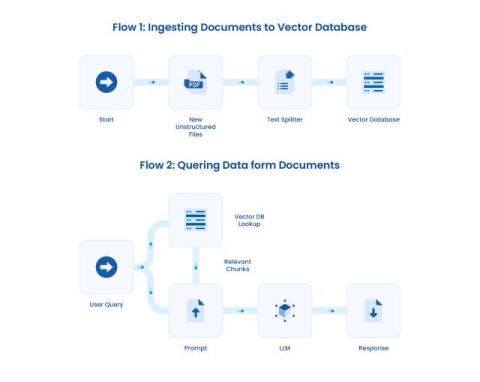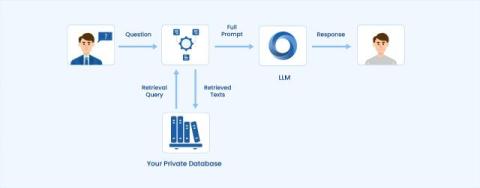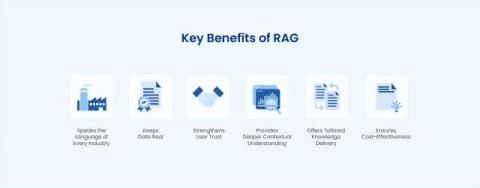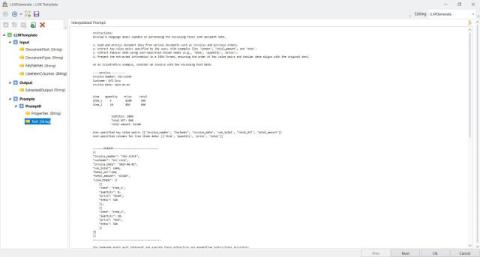RAG-Driven Legal Document Data Extraction for Faster Case Management
The computer revolution in law took flight in the 1970s with the release of the iconic red “UBIQ” terminal. This innovation completely changed how legal document management was performed. It empowered lawyers to easily browse case law online rather than looking through towering racks of yellowed paper. As the years passed, a wave of new document management solutions emerged.







